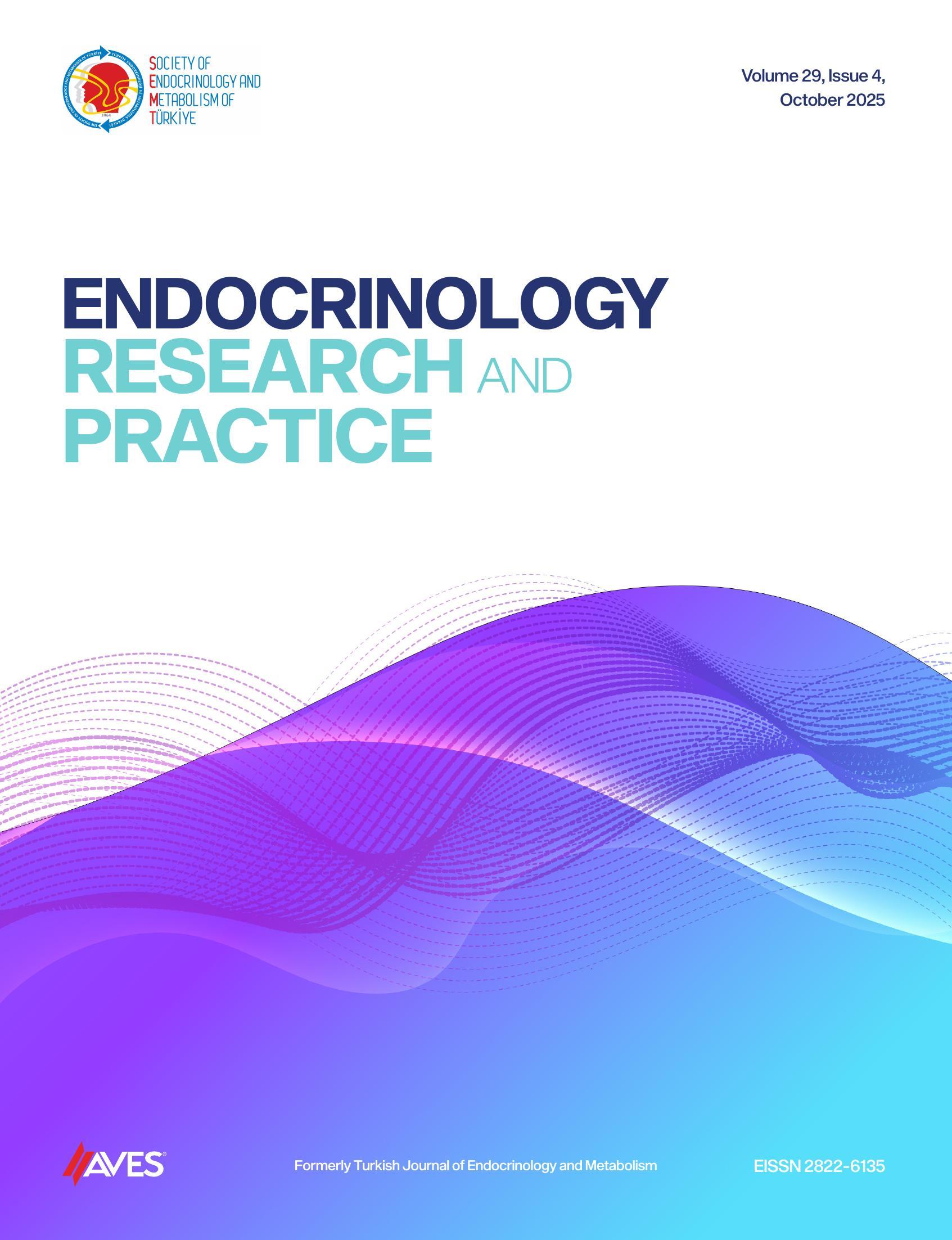Primary hyperparathyroidism (pHPT) is a prevalent endocrine disorder. Recently, the diagnosis and treatment of the disease have undergone modifications. The autonomous synthesis of parathyroid hormone (PTH) by the parathyroid glands, which are essential for calcium metabolism, is the defining feature of this condition, which is crucial for calcium metabolism. Biochemical testing is used to make the diagnosis. The cure is also biochemically validated. Recently, there has been a notable rise in the occurrence of diseases as a result of the implementation of regular serum calcium screening. In addition to biochemical observations such as hypercalcemia and elevated levels of PTH, manifestations associated with the impairment of target organs were frequently observed in the past. Presently, a normocalcemic variety of the disease exists in terms of its biochemical characteristics, and it manifests as both symptomatic and asymptomatic clinical phenotypes. Hence, the ongoing progression of diagnostic and therapeutic approaches in the field of disease management persists. This review aims to provide an overview of contemporary methodologies utilized in the diagnosis and treatment of pHPT.
Cite this article as: Turan Mİ, Arıcı C. Current approaches in the diagnosis and treatment of primary hyperparathyroidism. Endocrinol Res Pract. 2024;28(1):43-52.

-1(1).png)

.png)